Finding the Right Web Design Company in the Philippines




The Philippines has become a go-to destination for international clients looking for skilled web design teams. Over the years, local agencies have matured, now offering high-end custom websites and consistently delivering great results for businesses worldwide. Instead of just serving local SMEs, Filipino designers have built a strong track record with international brands that need tailored solutions, not just off-the-shelf templates.
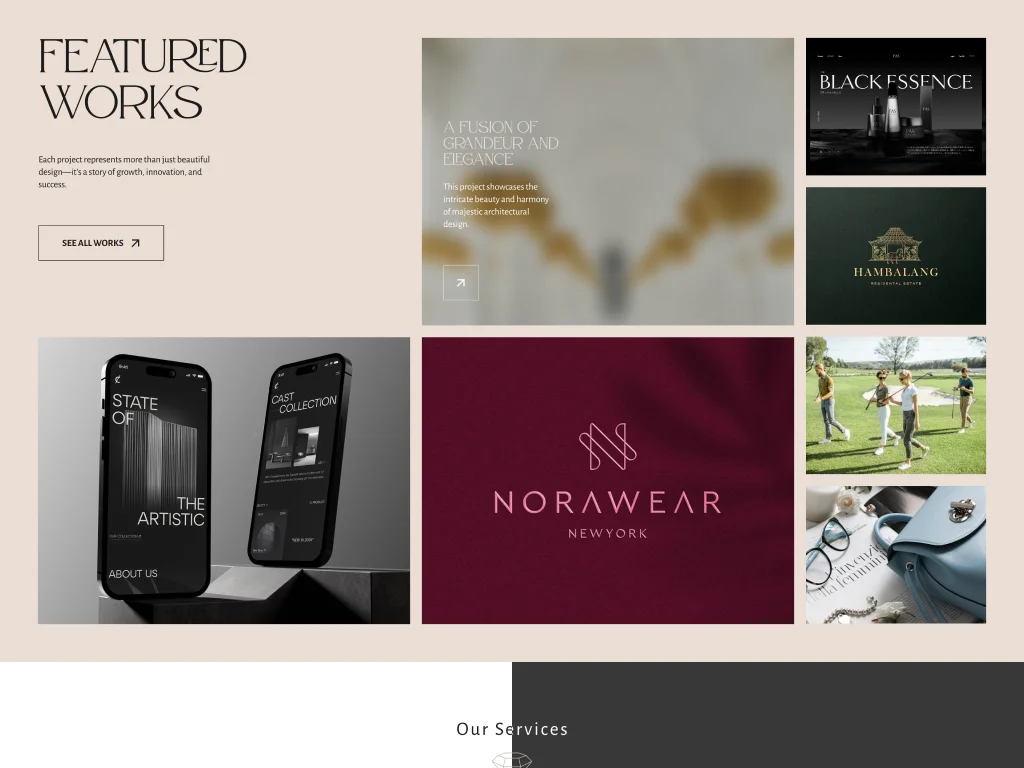
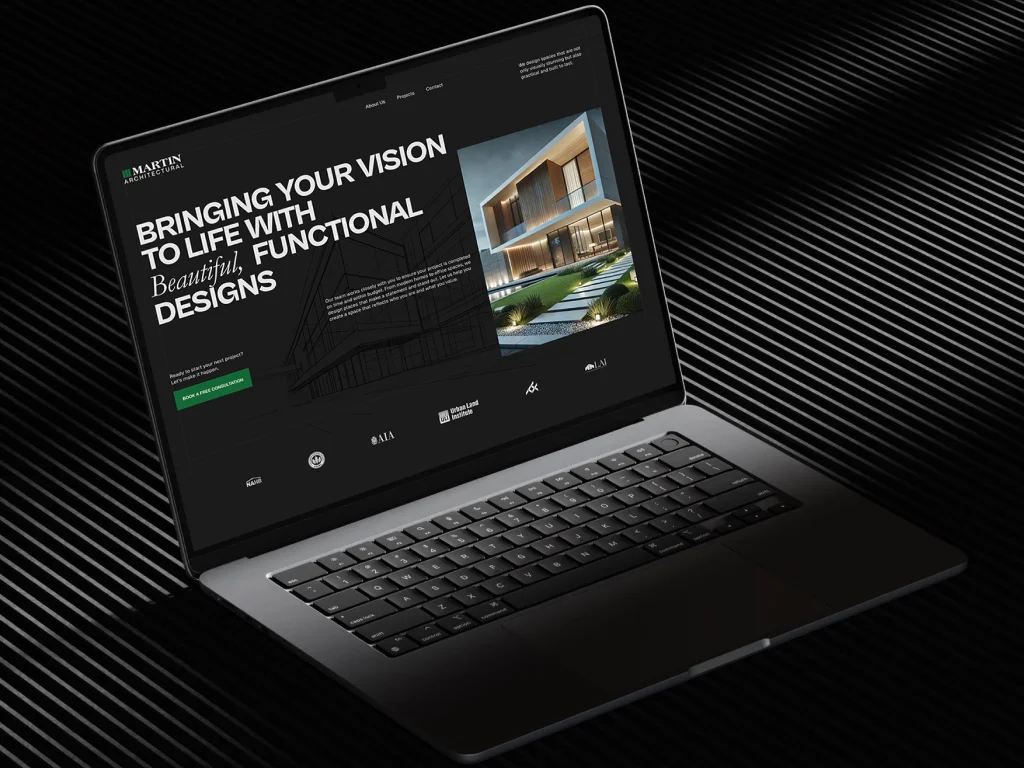
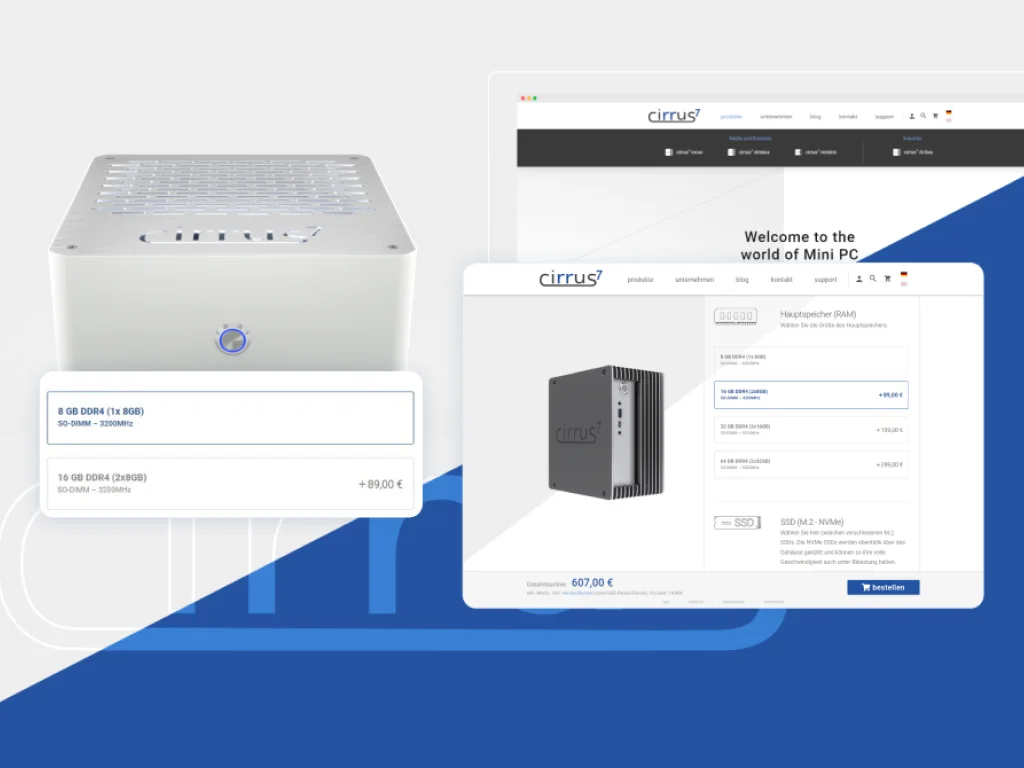
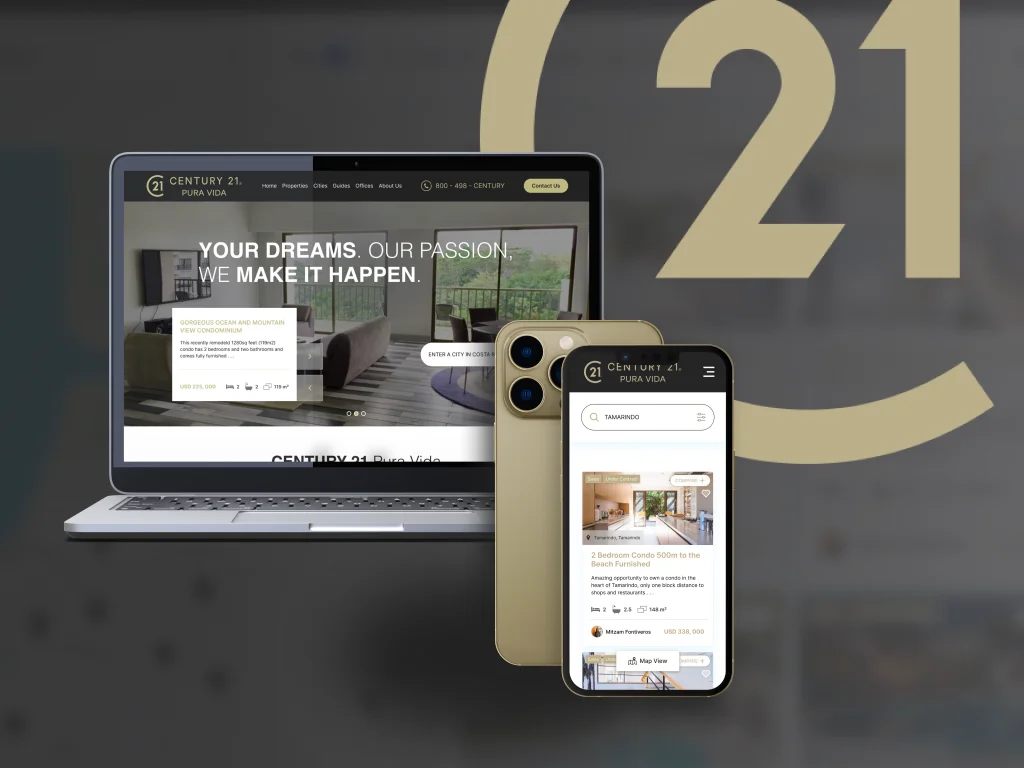
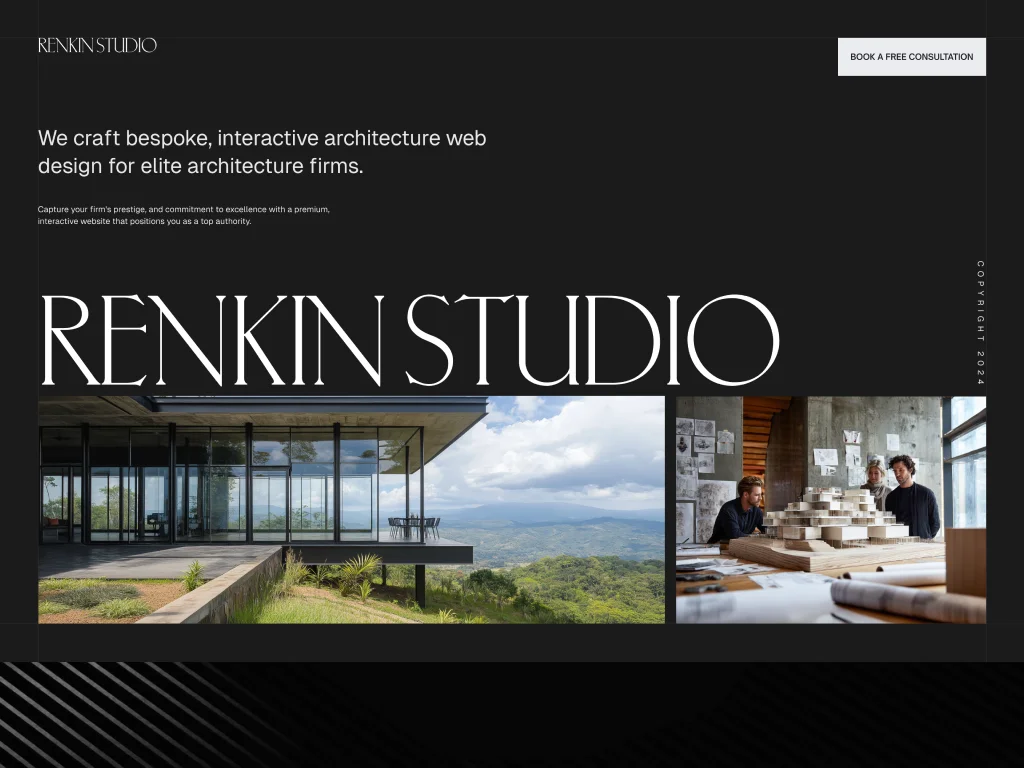
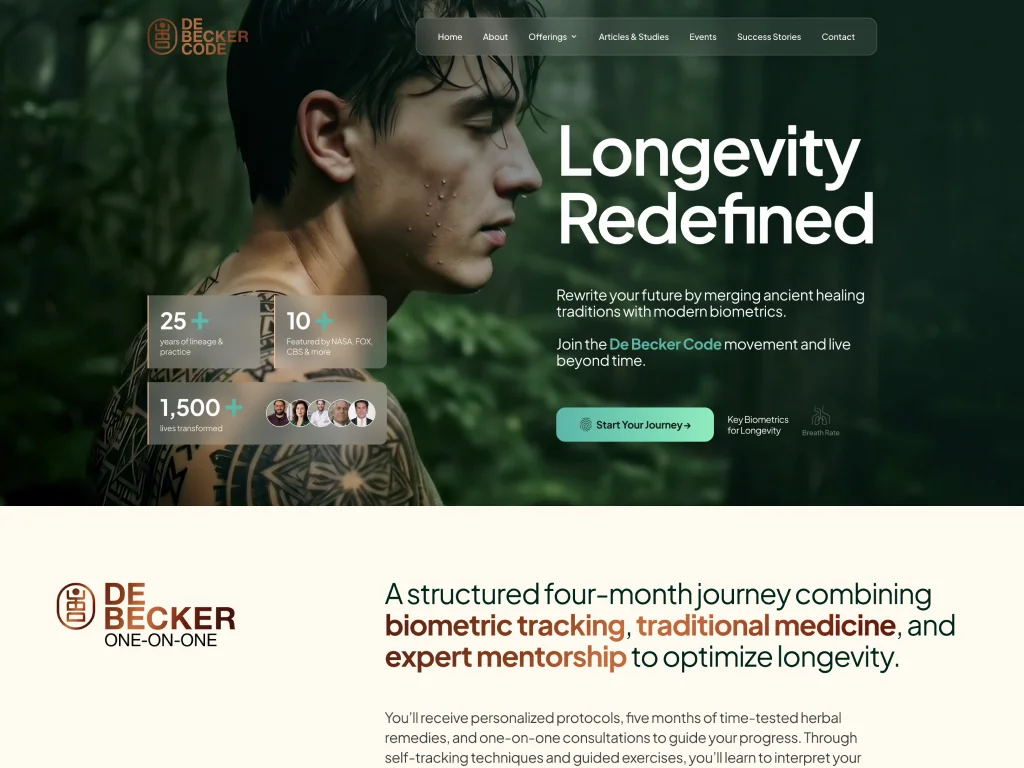
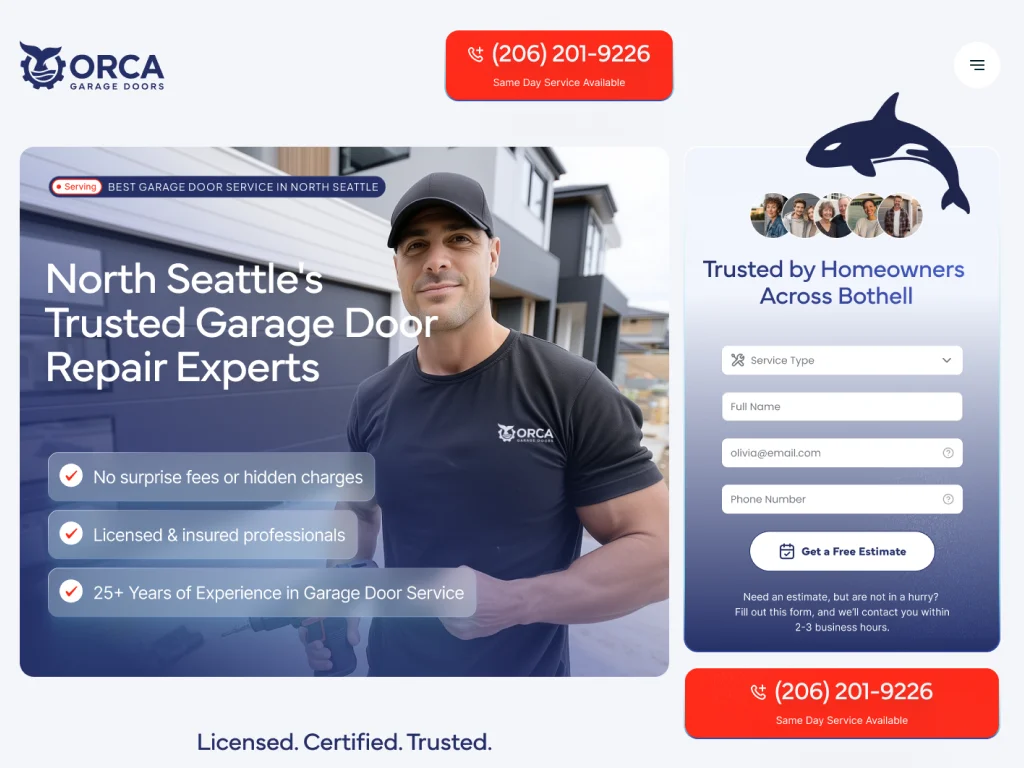
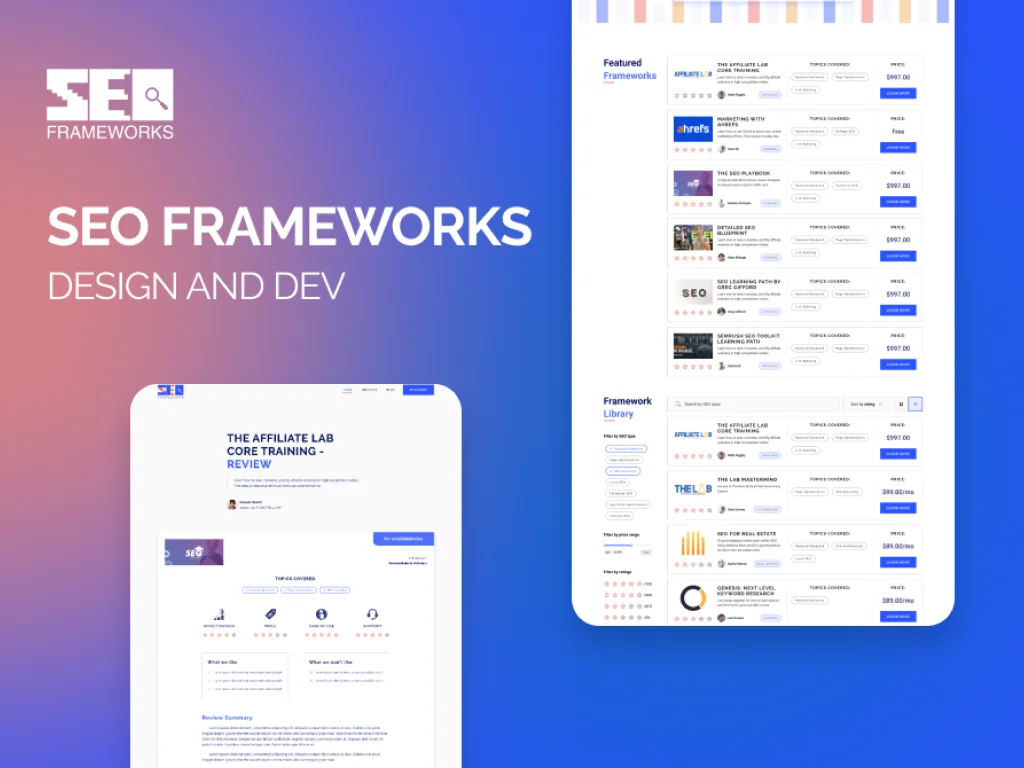
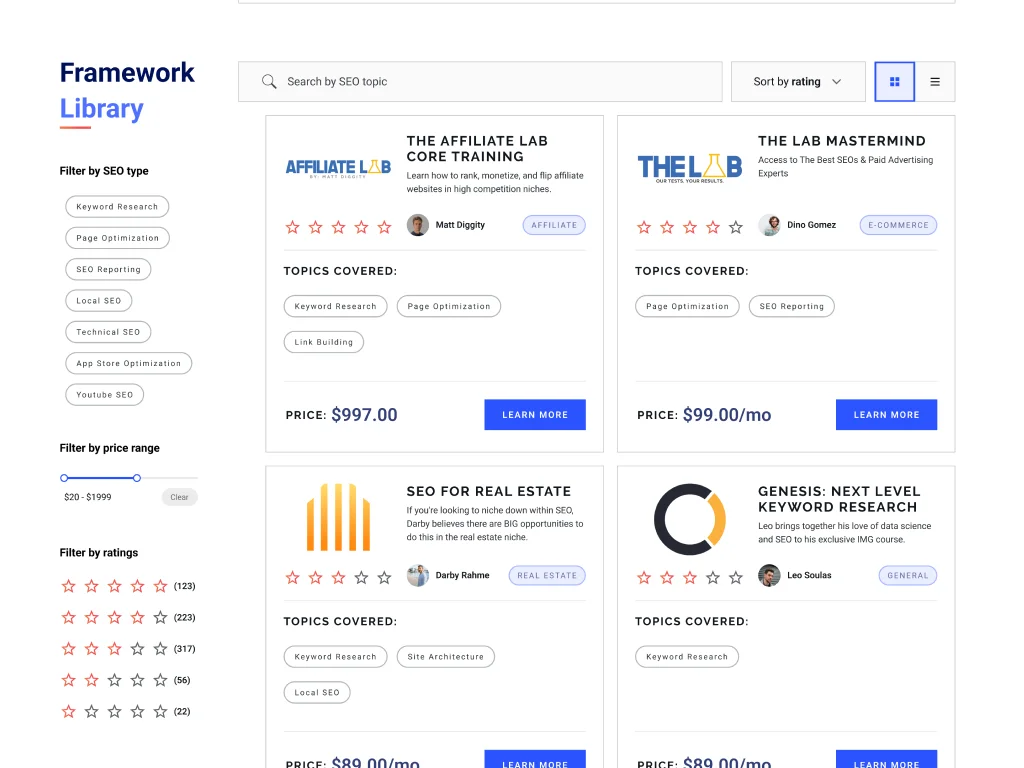
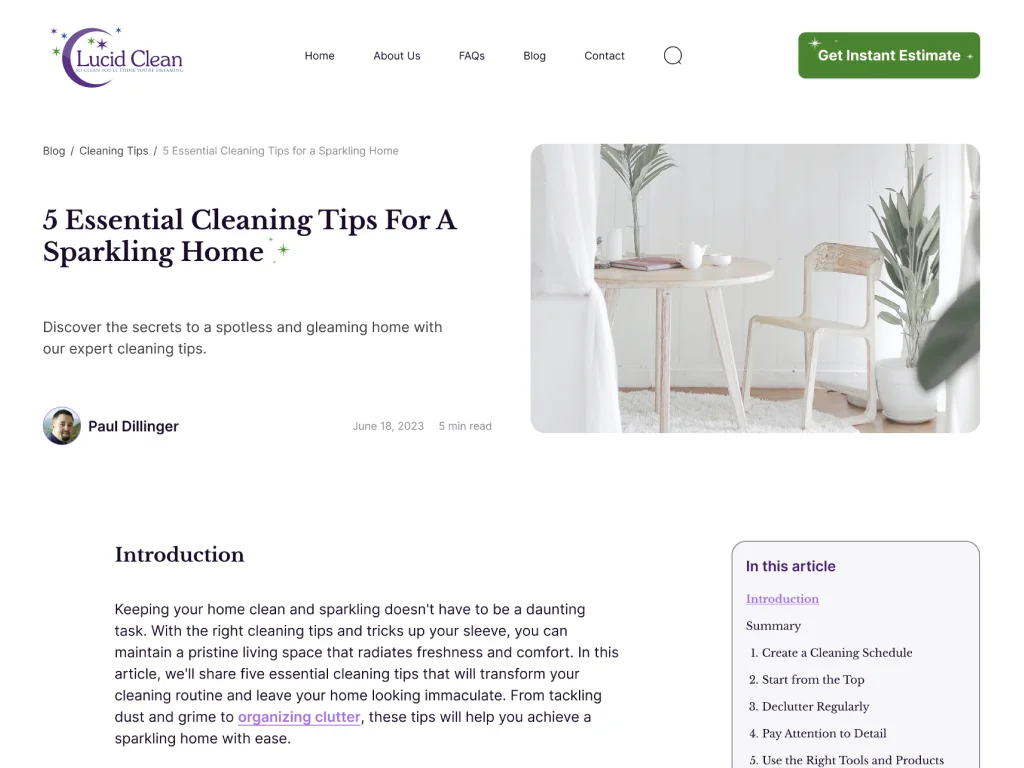
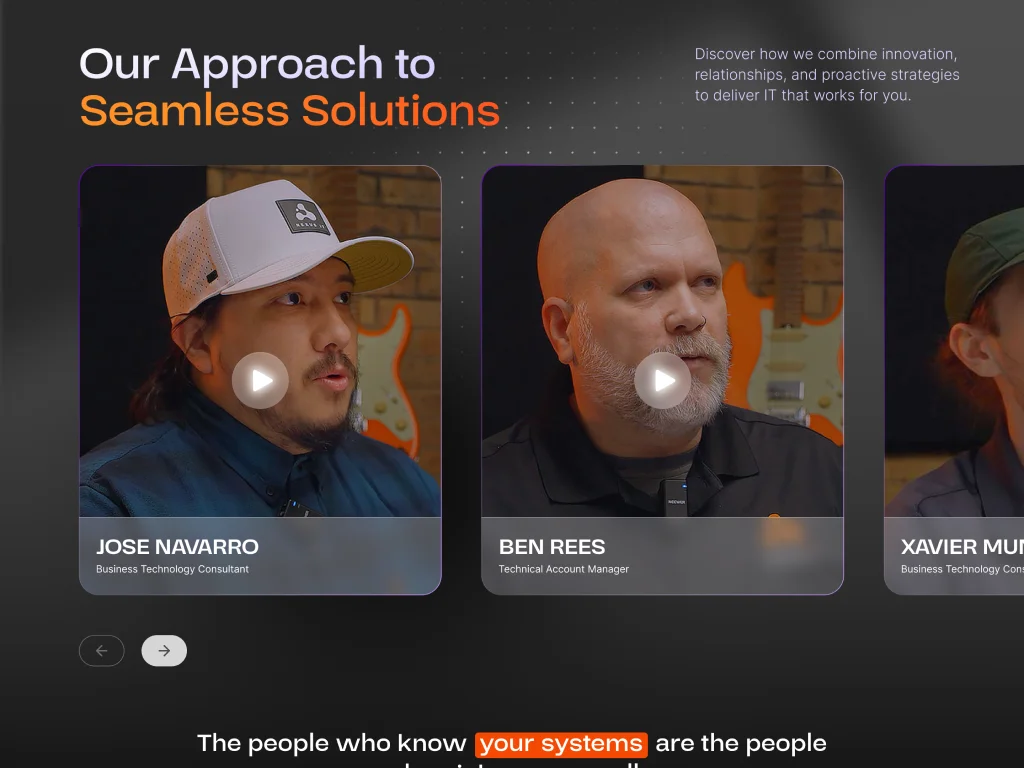
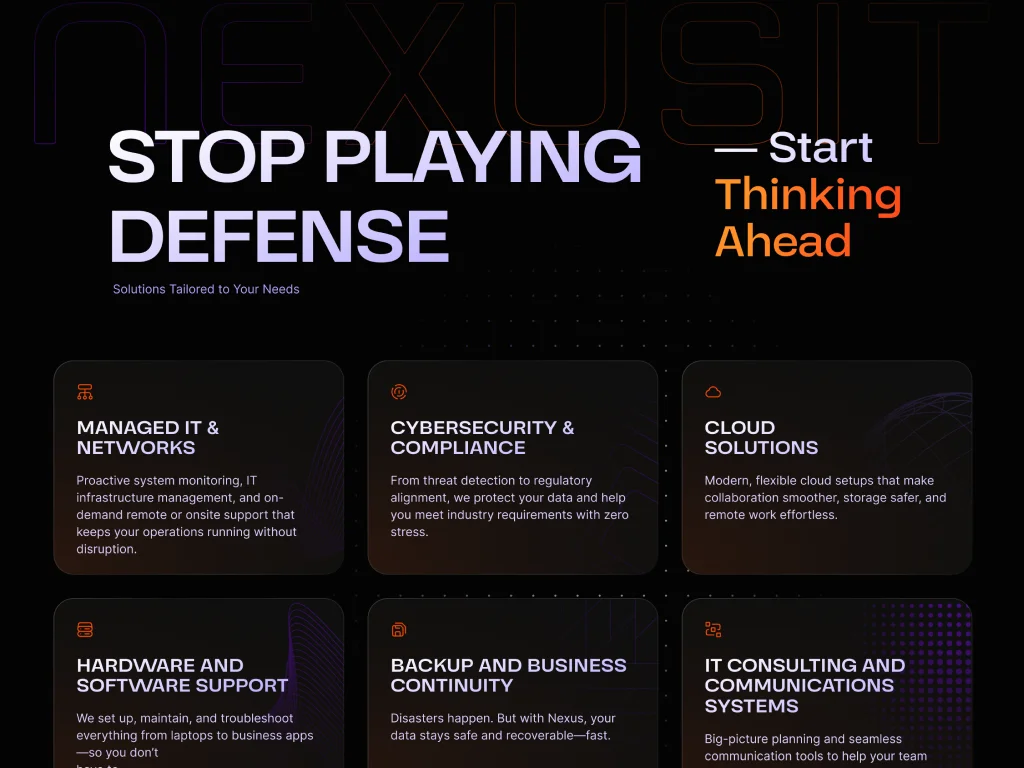
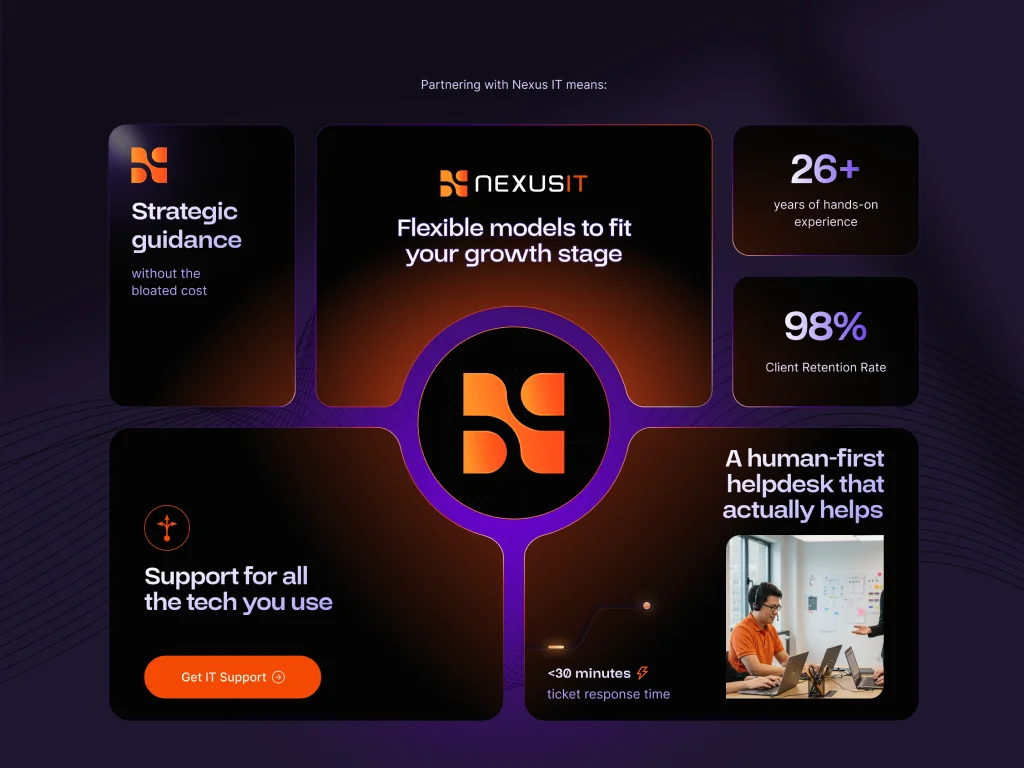
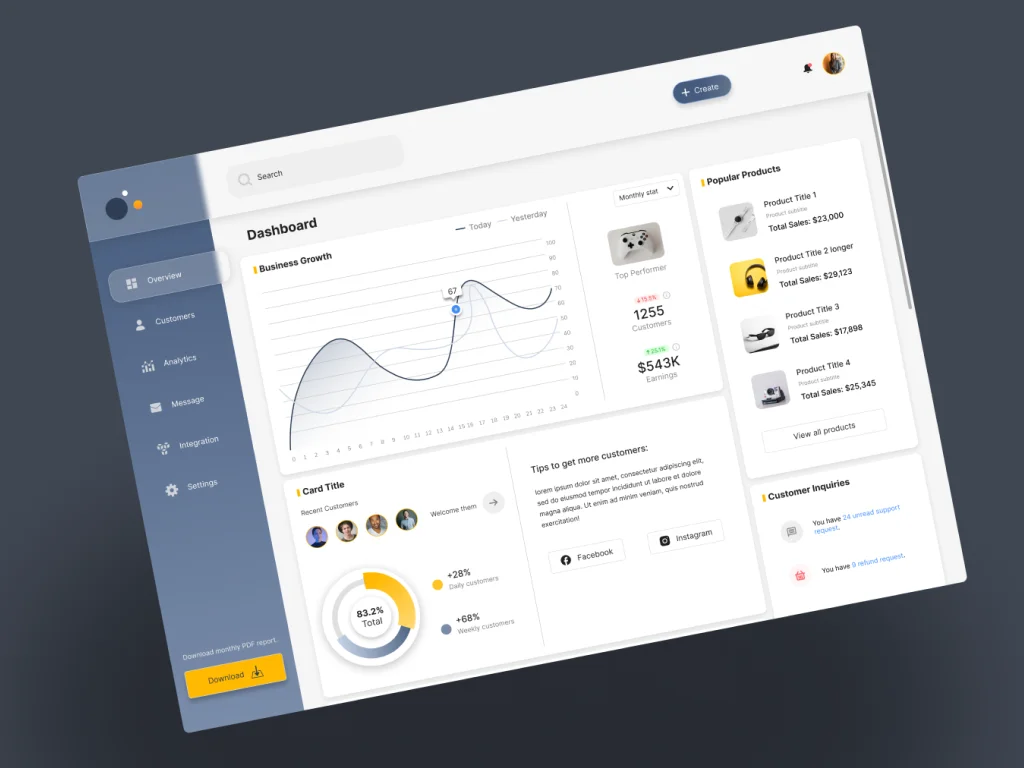
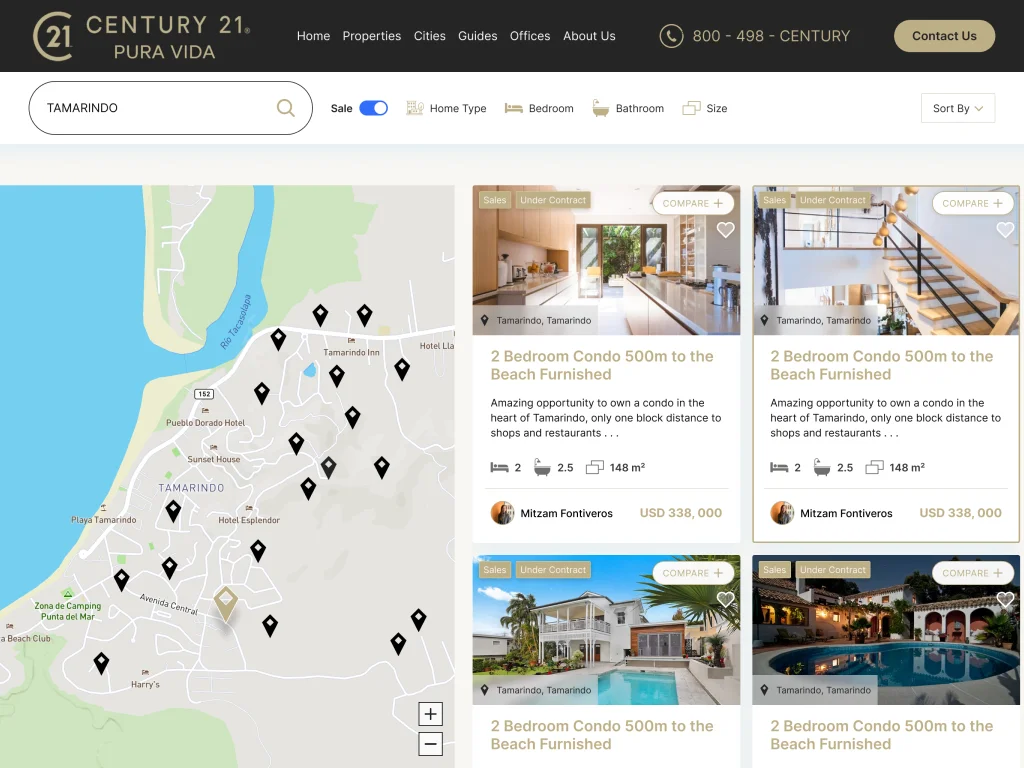
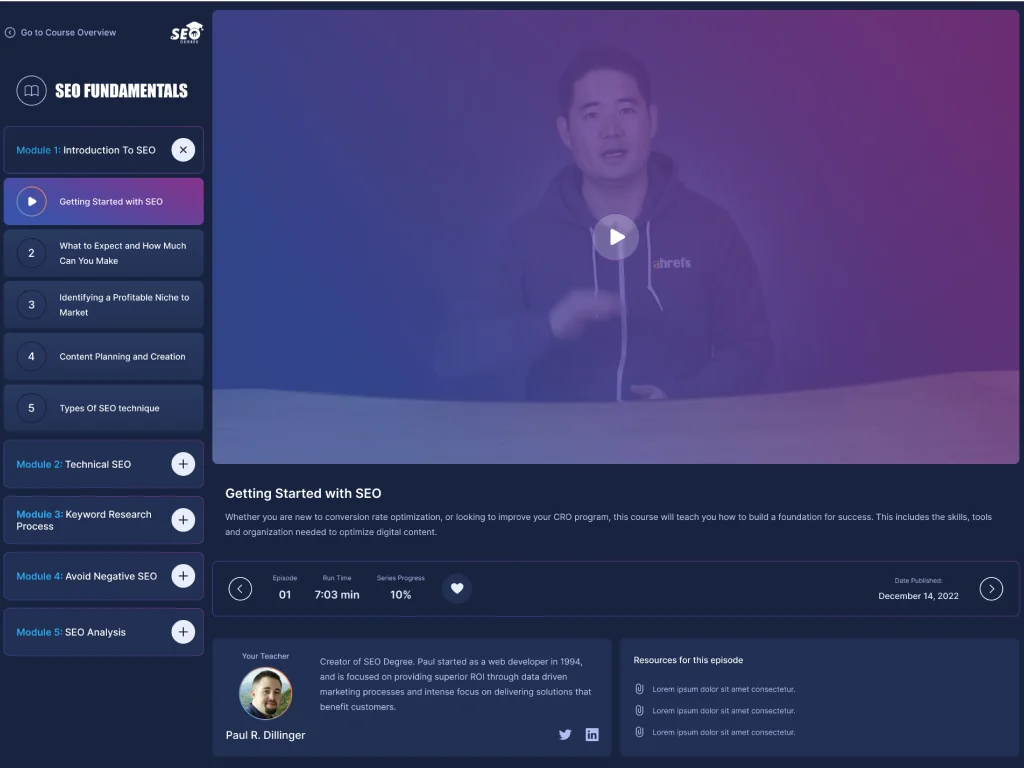
Attract more business
with results-driven,
Premium web design
What Makes Philippine Web Design Companies Different
Great Value Without Cutting Quality
Philippine web design companies usually cost 60-75% less than Western agencies. But here's the thing – the quality is just as good. This isn't about cheap work. It's about tapping into an outsourcing industry that's been serving international clients for decades.
The quality gap that used to exist? It's gone. You'll work with designers who've handled major international brands. They get Western business needs and often produce work that's just as good as top agencies anywhere.
They Actually Live Mobile-First Design
Most Philippine internet users browse on mobile – we're talking 87% of all traffic. Filipino designers don't just talk about mobile-first design. They actually live it every day.
This matters for your project. When they build your website, mobile isn't something they tack on later. It's where they start. Everything else gets built around that mobile experience, which means better results no matter where your customers are.
English Proficiency That Actually Works
With a 93% English proficiency rate in the workforce, communication barriers are virtually eliminated. Most Filipino designers communicate better than many native speakers, understand nuance, ask smart questions, and aren't afraid to provide professional pushback when ideas won't work.
Plus, timezone advantages work in favor of both Asian and Western markets, enabling real-time collaboration and faster project turnarounds.
The Philippine Web Design Landscape: What You'll Find
Manila: Premium Tier Excellence
What you'll find:
- Enterprise-level project experience
- International client portfolios
- Advanced technical capabilities
- Premium pricing reflecting market leadership
Notable Manila companies include:
- Propelrr: Full-service digital agency handling major corporate accounts
- Storm Digital: Technical specialists for complex e-commerce and custom development
- First Circle Digital: Data-driven agencies focused on conversion optimization
What Premium Actually Means in Manila:
Manila has the most experienced designers in the Philippines, but here's something important to know: about 95% of web design companies there - even the expensive ones - use WordPress, Wix, Squarespace, or Webflow. This means your design options are limited by whatever these platforms can do.
Only about 5% of designers work with modern frameworks like SvelteKit or Next.js. These are the ones who can build truly custom websites that aren't stuck using templates. They'll charge you ₱84,000-₱220,000 ($1,500-$4,000+), but you get a completely unique website built exactly from your Figma designs, with custom backend features for your specific industry.
The difference is significant. Most designers modify existing templates. The top tier builds everything from scratch. Examples of this premium approach can be seen in custom SPA development that delivers superior performance and user experience.Cebu: Mid-Tier Innovation Hub
Cebu advantages:
- Industry-specific expertise
- Competitive pricing models
- Strong local and international market understanding
- Quick adoption of emerging technologies
Quality Cebu options:
- Boost Digital Marketing: Web design integrated with digital marketing expertise
- Optimind Technology Solutions: Custom web applications and responsive design specialists
Davao and Provincial Areas: Hidden Gems
Don't overlook agencies outside major cities. These companies offer exceptional value, especially for growing businesses, with lower overhead translating to better pricing while maintaining high quality standards.
Provincial advantages:
- Most competitive pricing
- More personalized attention
- Growing talent pools eager to prove themselves
- Flexible engagement models
How to Evaluate Philippine Web Design Companies
Portfolio Analysis That Goes Deeper
Everyone showcases beautiful designs. Look for: Industry Relevance: Have they worked in your specific sector? Project Complexity: Can they handle projects similar in scope to yours? Design Evolution: Are they keeping current with design trends? Technical Implementation: Quality of code and technical execution Client Results: Measurable outcomes, not just pretty pictures
Team Structure and Capabilities
- Dedicated UX/UI designers with relevant experience
- Separate front-end and back-end developers with modern skill sets
- Dedicated project managers ensuring smooth delivery
- Quality assurance processes for bug-free launches
Red flags:
- Vague answers about team composition
- One person handling everything
- No clear project management structure
Communication and Process Evaluation
Test communication during the sales process – if it's awkward now, it won't improve after they have your money.
Green flags:
- They ask smart questions about your business
- They explain things in terms you understand
- They're honest about what they can and can't do
- They respond consistently and professionally
Red flags:
- Taking days to respond to simple questions
- Giving vague answers to specific questions
- Promising everything without asking about budget or timeline
- Using excessive technical jargon when simple explanations would work
Premium web design quality
without the premium price tag,
delivered by Filipino expertise
Understanding Pricing and Value
Realistic Cost Expectations
Basic Business Websites: ₱10,000-₱30,000 ($180-$540)
- 3-5 pages with mobile-responsive design
- Basic SEO setup and contact forms
- 3-month support package
Professional Business Websites: ₱30,000-₱75,000 ($540-$1,350)
- 5-10 pages with custom layouts
- Advanced SEO optimization and analytics
- 6-month support package
E-commerce Websites: ₱50,000-₱120,000 ($900-$2,160)
- Product catalog and shopping cart functionality
- Payment gateway integration
- Order management and customer portals
Custom Enterprise Solutions: ₱100,000-₱300,000+ ($1,800-$5,400+)
- Custom web applications and database integration
- Multi-user systems and admin panels
- Ongoing maintenance contracts
Hidden Costs to Consider
Domain and Hosting: ₱2,000-₱8,000 annually Content Creation: ₱5,000-₱25,000 (copywriting, photography) Ongoing Maintenance: ₱1,500-₱8,000 monthly
Working Successfully with Philippine Teams
Cultural Considerations
Filipino business culture emphasizes relationship building. Taking time for occasional check-ins beyond just deadlines often results in teams going above and beyond. This isn't just cultural politeness – it directly affects project outcomes.
Communication Best Practices
Filipino professionals often communicate more indirectly than Western businesses expect. Create space for honest feedback by asking specific questions rather than general "how are things going?" inquiries.
Planning Around Local Factors
Factor in Filipino holidays and cultural events when planning project timelines. Major holidays can affect schedules, so plan accordingly for launch dates.
Industry-Specific Recommendations
E-commerce Projects
For online stores requiring complex functionality, payment integration, and inventory management, look for agencies with proven e-commerce experience. Technical execution matters more than design aesthetics for these projects.
Professional Services
Law firms, consultancies, and financial services need websites that build credibility and generate leads without appearing overly promotional. Look for agencies that understand professional services marketing.
Tourism and Hospitality
The Philippine tourism industry has unique challenges. Agencies with hospitality experience understand seasonal booking patterns, international payment processing, and traveler expectations.
Technology Startups
Growing companies need scalable solutions that won't break during traffic spikes. Look for agencies experienced with scaling websites and understanding the difference between demo-ready and production-ready solutions.
Quality Assurance and Project Success
Pre-Project Checklist
- Clear Requirements Documentation: Detailed specifications, timeline expectations, budget parameters
- Communication Protocol: Regular update schedules, feedback mechanisms, change request processes
- Success Metrics Definition: Performance benchmarks, user experience goals, conversion targets
During Project Execution
Stay Involved Appropriately: Weekly progress reviews keep projects on track without micromanaging Provide Specific Feedback: "Make it pop" isn't helpful – "The blue feels too bright for our brand" is actionable Test Actively: Participate in testing phases, especially mobile functionality
Emerging Trends in Philippine Web Design
Technology Adoption
Leading Philippine agencies are incorporating: - AI-powered features and automation
- Progressive Web Apps for app-like experiences
- Voice interface optimization
- Advanced performance optimization techniques
Focus Areas
Core Web Vitals: Google's user experience metrics optimization Accessibility Standards: Ensuring websites work for all users Sustainability: Green web design practices for reduced environmental impact
Red Flags to Avoid
Pricing Red Flags: - Suspiciously low quotes (often indicate quality issues)
- Demands for 100% payment upfront
- Vague contract terms without detailed deliverables
Quality Red Flags: - No portfolio or client references
- Outdated design styles in examples
- No mobile-responsive portfolio pieces
- Inability to explain technical processes clearly
Making Your Decision
The best web design company for your project depends on: - Your budget and timeline requirements
- Project complexity and technical needs
- Industry-specific experience requirements
- Communication style preferences
Don't choose based solely on price, but don't assume the most expensive option is automatically best. Take time to have actual conversations with potential partners.
Future-Proofing Your Investment
Long-Term Partnership Benefits
Choose companies that offer: - Ongoing support and maintenance services
- Scalable solutions that grow with your business
- Clear processes for feature additions and updates
- Transparent pricing for future work
Emerging Opportunities
The Philippine web design market continues evolving, with agencies increasingly offering: - Integrated digital marketing services
- Advanced analytics and conversion optimization
- Custom application development
- Strategic consulting beyond just design
Conclusion
The Philippines offers genuine opportunities for businesses seeking to upgrade their digital presence without premium Western pricing. The market has matured significantly, providing access to world-class design expertise at competitive rates.
Success depends on thorough research, clear communication, and understanding of local business culture. By following this guide's recommendations and choosing a company that aligns with your specific needs and budget, you can achieve exceptional web design results that drive business growth.
The key lies in finding the right balance of technical expertise, design capability, and cultural fit. With proper due diligence and realistic expectations, working with a Philippine web design company can provide significant competitive advantages for businesses worldwide.
Whether you need a simple business website or complex custom functionality, the Philippine web design market offers solutions that combine cost efficiency with professional excellence – you just need to know what to look for and how to evaluate your options effectively.
Frequently Asked Questions
-
Based on current market rates, expect to pay ₱10,000-₱30,000 ($180-$540) for basic business websites, ₱30,000-₱75,000 ($540-$1,350) for professional sites, and ₱50,000-₱120,000 ($900-$2,160) for e-commerce platforms. Custom enterprise solutions start around ₱100,000 ($1,800). These rates represent 60-75% savings compared to Western markets while maintaining professional quality standards.
-
Review their portfolio for industry relevance and recent work, speak directly with previous clients about their experience, check their technical capabilities by asking about performance optimization and SEO practices, and evaluate their communication during the initial consultation. Look for companies that ask strategic questions about your business rather than just talking about their services.
-
The primary advantages include significant cost savings (60-75% less than Western markets), excellent English proficiency (93% rate among workforce), mobile-first expertise born from local market demands (87% mobile traffic), strategic timezone positioning for real-time collaboration, and access to designers who understand both local and international business expectations.
-
Project timelines vary by complexity: basic websites typically require 4-6 weeks, professional business sites need 6-10 weeks, e-commerce platforms take 8-12 weeks, and custom applications can extend 12-20+ weeks. Filipino companies generally meet deadlines reliably, though factor in local holidays and thorough quality assurance processes when planning launch dates.
-
Filipino business culture emphasizes relationship building and long-term partnerships. Communication tends to be more indirect than Western styles, so create space for honest feedback through specific questions. Plan around major Filipino holidays that can affect project schedules. Establish clear intellectual property ownership and payment terms upfront, and expect accommodating service that sometimes requires managing scope creep carefully.
-
Yes, many Philippine designers have extensive experience serving international clients across various industries. The country's position as a global outsourcing hub means designers understand Western business expectations, compliance requirements, and market dynamics. Look for companies with demonstrated international client experience and ask about their familiarity with your specific market or industry.
-
Manila agencies typically charge premium rates (20-30% above national average) but offer enterprise-level experience and advanced capabilities. Cebu provides excellent quality-to-price ratios around national averages with strong technical skills. Davao and provincial areas offer the most competitive pricing (15-25% below average) with personalized attention, though may have less experience with complex international projects.
-
Define project requirements clearly upfront to avoid scope changes, prepare all content and materials before starting, choose standard timelines rather than rush delivery, consider phased development starting with essential features, and establish clear change request procedures with associated costs. Most cost overruns result from unclear initial specifications rather than intentional upselling.